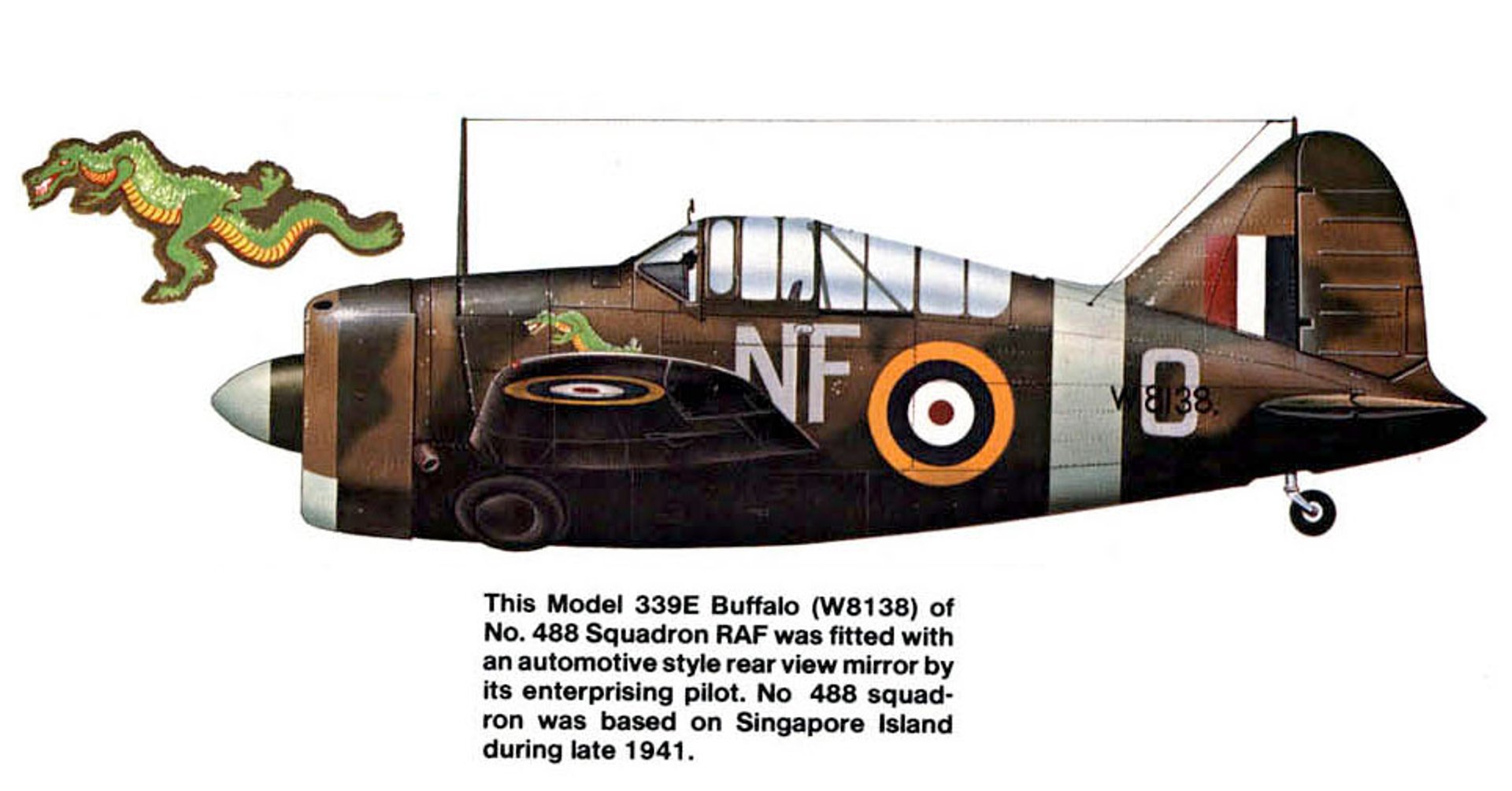
You didn’t come this far to stop
The Brewster Buffalo Mk I in Singapore
A Tale of Triumph and Tragedy
Episode 24: The Brewster Buffalo Mk I in Singapore – A Tale of Triumph and Tragedy
The Brewster Buffalo Mk I, or Brewster F2A Buffalo, was an American fighter aircraft that served during the early years of World War II. Its story is one of hope, innovation, and eventual downfall, particularly in the harsh realities of combat in Southeast Asia, including its pivotal role in the defense of Singapore. As part of our Tours of War journey, we hope to bring Kranji War Cemetery into our future itineraries. Expanding into Singapore is a vital step in our mission to share these poignant locations, offering visitors a deeper understanding of the struggles endured by soldiers in the Southeast Asia campaign.
WW2 HISTORYDESCENT INTO HELLIN THEIR FOOTSTEPS BLOG
Toursofwar.com
8/6/20245 min read
The Brewster Buffalo’s Design and Development
A Fighter Born Too Early
These specifications highlight the Brewster Buffalo's technical details and operational role during its deployment in World War II.
While the Buffalo seemed capable on paper, it quickly became apparent that the aircraft had significant limitations in real combat conditions. The humid climate of Malaya and Singapore reduced the plane’s operational effectiveness, and its maneuverability and speed were inferior to Japanese fighters such as the Mitsubishi A6M Zero (Zeke) and Nakajima Ki-43 (Oscar).
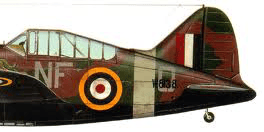

Origins of the Brewster Buffalo
In 1935, the U.S. Navy sought a replacement for its biplane fighters, leading to the development of the Brewster Buffalo (Model 139). This monoplane featured advanced elements for its time, such as retractable landing gear, an enclosed cockpit, and all-metal construction, albeit with fabric-covered flying surfaces. It had a relatively low top speed but looked promising with a modern design.
The Brewster Buffalo Mk I was introduced to combat in 1939 and quickly found itself serving various air forces, including the U.S. Navy, Royal Air Force (RAF), and the Royal Australian Air Force (RAAF). It was also deployed by Finnish forces, who famously used it against the Soviet Air Forces with some success.
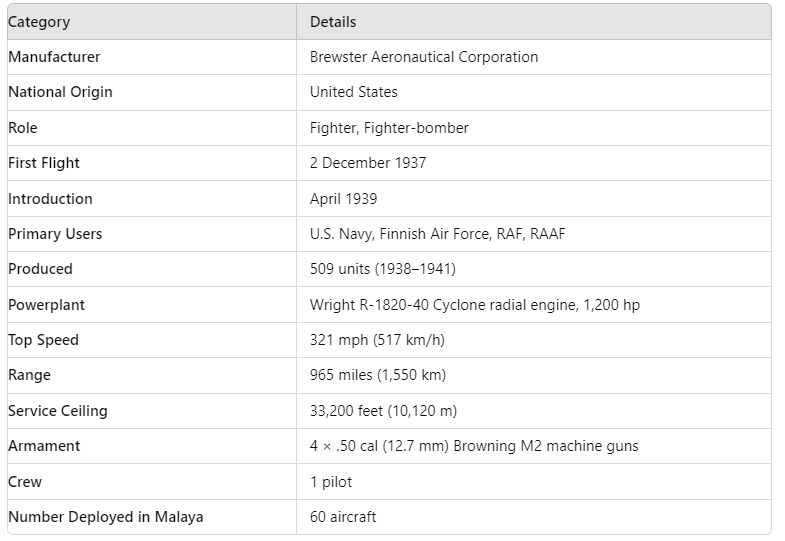

Did You Know?
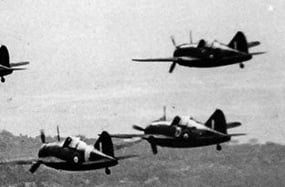

Flying Coffins: Many pilots in the Pacific theatre derisively nicknamed the Brewster Buffalo a “flying coffin” due to its poor performance in combat.
When war broke out in December 1941, a total of 60 Brewster Buffalo Mk I fighters were deployed in Malaya across several squadrons. These included No. 21 Squadron RAAF, No. 243 Squadron RAF, and No. 453 Squadron RAAF. The majority of these aircraft were stationed at airfields across the Malay Peninsula, including Singapore, and were tasked with defending against Japanese air attacks.

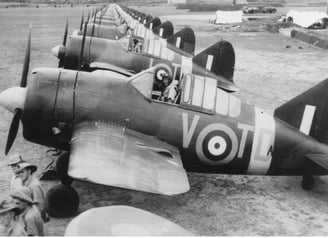
Deployment in Malaya
Overstretched and Outmatched
Despite its technological advancements, the Buffalo was plagued by several critical issues:
Performance Limitations: The tropical climate caused engine overheating, and the weight added by modifications (like armor plating and heavier weaponry) reduced the aircraft's agility and speed. Against the nimble Japanese Mitsubishi A6M Zero and Nakajima Ki-43 Oscar fighters, the Buffalo was significantly outclassed.
Maintenance and Logistics: The Buffalo's mechanical problems, particularly with its undercarriage, coupled with a lack of spare parts, meant that many planes were grounded. The harsh environment made maintenance challenging, with frequent engine failures reducing operational readiness.
Limited Numbers: Only 60 Buffalo fighters were available to cover a vast region, making it difficult to maintain air superiority or provide adequate defense to critical positions, including Singapore.
By the time the Japanese forces began their offensive in December 1941, Pulford’s air command faced a critical shortage of modern aircraft. Only 60 Brewster Buffaloes were stationed in Malaya, dispersed across several RAF and RAAF squadrons. These planes were expected to defend vast territories, including Singapore, from Japanese air attacks.
Unfortunately, from the onset, the Buffalo proved inadequate for the task at hand. Its weight, especially after being modified for British service, severely impacted its agility and speed. Additionally, maintenance problems plagued the aircraft. The tropical conditions caused frequent engine overheating, and spare parts were in short supply, creating logistical nightmares for the ground crews. The Buffaloes were often grounded or in poor condition, reducing the number of aircraft available for combat operations at any given time.


Critical shortage of modern aircraft
Struggling Against the Tide
Squadrons Operating the Buffalo in Malaya:
No. 21 Squadron RAAF (operating from Sungai Petani Airfield)
No. 243 Squadron RAF (based at Kallang, Singapore)
No. 453 Squadron RAAF (later deployed to defend Singapore)
As the Japanese began their invasion of Malaya on December 8, 1941, the RAF and RAAF squadrons scrambled to meet the aerial threat. The Brewster Buffaloes were sent to intercept Japanese bombers and fighters, but they were at a clear disadvantage. Japanese Zeros and Oscars, with superior speed, climb rates, and maneuverability, quickly dominated the airspace over Malaya and Singapore. The Buffalo pilots found themselves outgunned and outmatche


Facing the Japanese
The Battle for Air Superiority
Air Vice Marshal Conway Pulford, tasked with coordinating the air defense of Singapore and Malaya, found himself in an impossible position. Despite his efforts to rally his squadrons and maintain air cover over Singapore, the Brewster Buffaloes were simply not up to the task of defending against the highly skilled and better-equipped Japanese pilots.
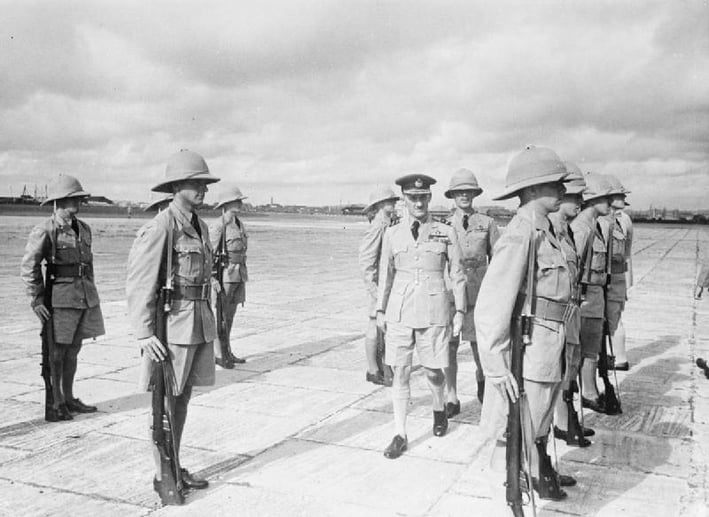

Pulford’s Leadership
Defense of Singapore
Pulford's leadership under immense pressure was commendable. He faced not only an outgunned and outnumbered air force but also communication and coordination issues between the air and ground forces. Despite these challenges, Pulford continued to direct defensive operations until the fall of Singapore in February 1942.
Conclusion
Lesson in Misjudgment
The Brewster Buffalo Mk I, although promising on paper, became a symbol of the broader failures in the defense of Malaya and Singapore. Its mechanical issues, logistical difficulties, and inferiority in combat against the Japanese fighters highlighted the weaknesses in Allied preparations for the Pacific War. The aircraft’s poor performance, coupled with the strategic and logistical challenges faced by Pulford and his command, contributed to the rapid collapse of Allied defenses in Southeast Asia.
The experience of the Buffalo in Malaya underscored the importance of adapting aircraft and military tactics to the specific conditions of a theater of war. For Pulford, the limitations of the Buffalo represented one of many obstacles he faced in what would ultimately become one of the most significant Allied defeats of the early war period.
How You Can Help
Donations and Sponsorships: We are seeking corporate sponsorships and donations to fund ongoing restoration projects and educational programs. Your support can make a significant difference in maintaining the quality and impact of the museum.
Volunteer Opportunities: If you have expertise or time to offer, consider volunteering with us. There are many ways to get involved, from artifact restoration to educational outreach.
Spreading the Word: Share this blog and our mission with your network. The more people who know about the JEATH War Museum and its significance, the greater the impact we can achieve together.
The St Andrews Research Team is dedicated to preserving the legacy of the Thai-Burma Railway and the memories of those who suffered. We need your support to continue our work. There are several ways you can help:
Join the Cause!
If you or someone you know is interested in supporting this cause, please get in touch.
This is a chance to be part of something truly meaningful and impactful.
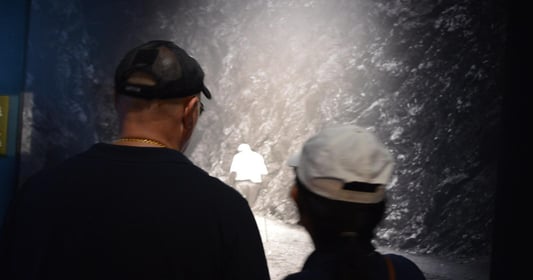

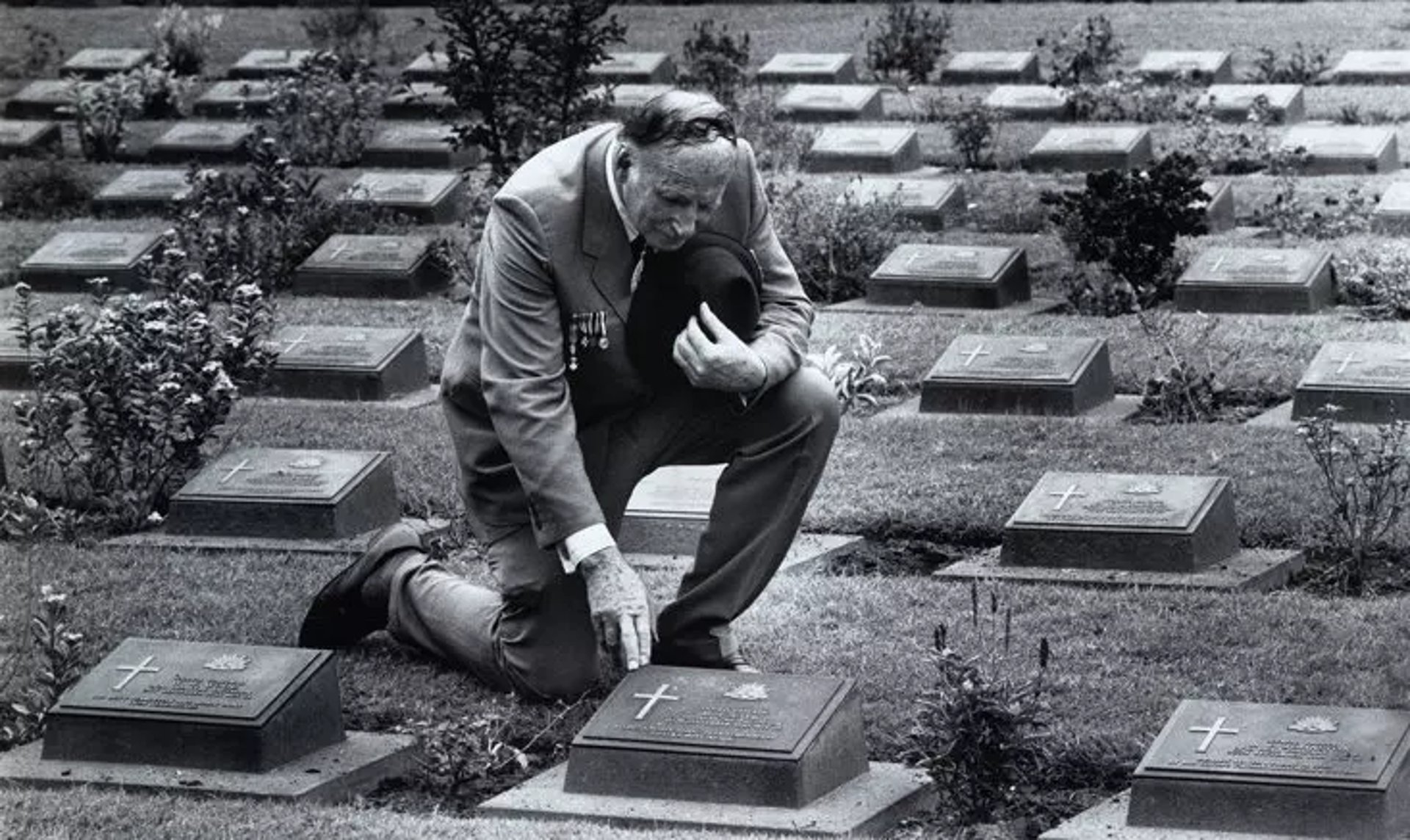
Together, We Can Make a Difference!
This is a veteran-run project, and we need your help to make it happen. Stand with us in honoring the legacy of the POWs and ensuring their stories are never forgotten.
